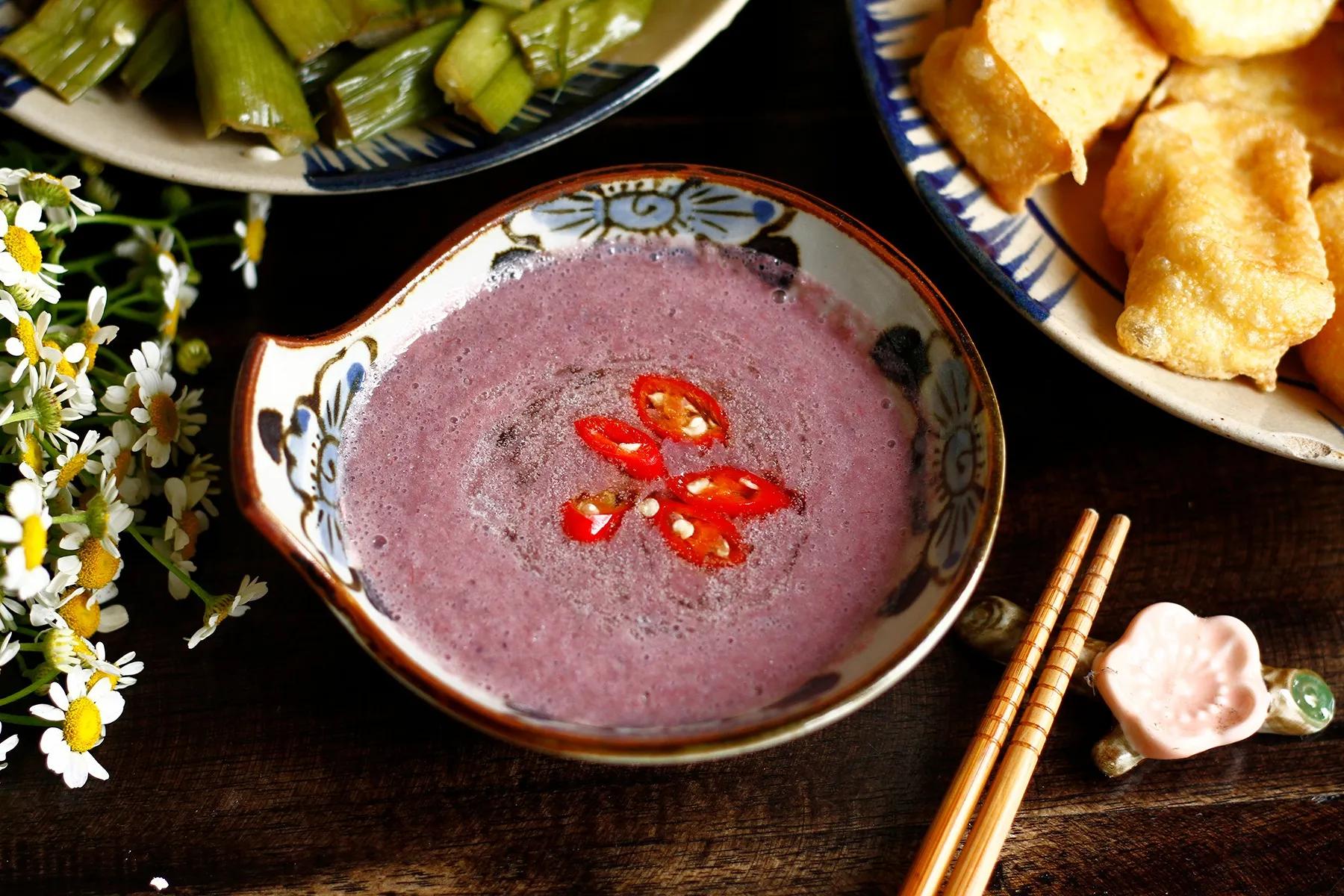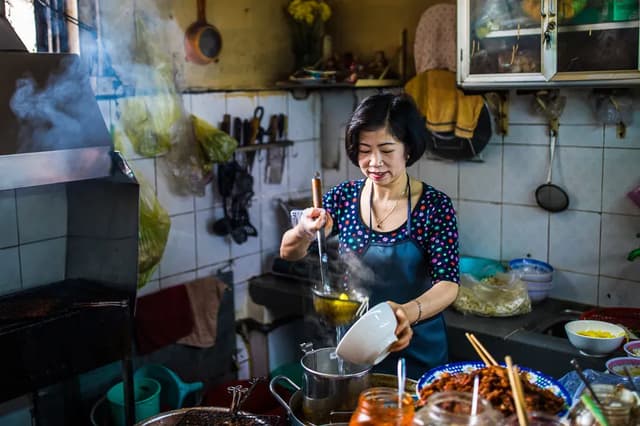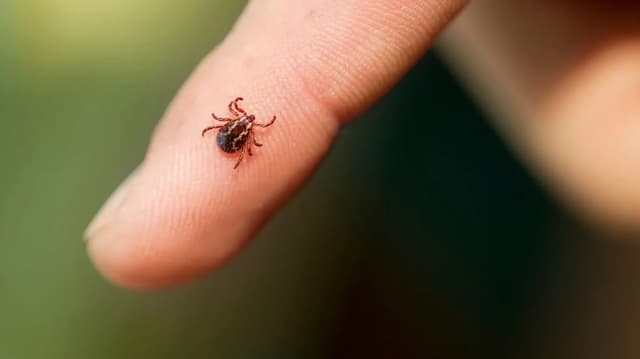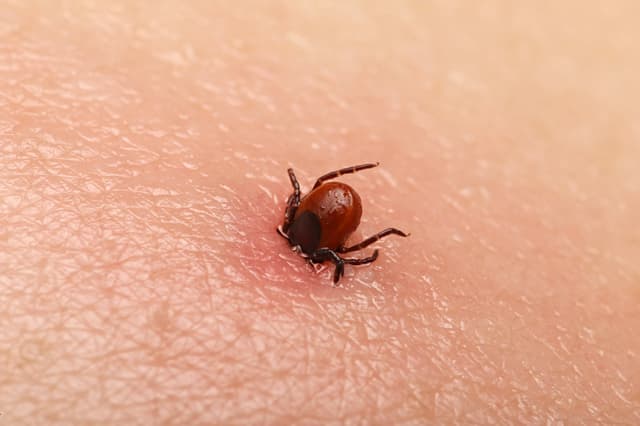Shrimp paste – A unique feature in Vietnamese cuisine
25/12/2024

Among the traditional fish sauces of the Vietnamese people, shrimp paste is perhaps the most special, not only because of its characteristic aroma and flavor but also because of its important position in typical dishes of the North.
Shrimp paste is known as a dipping sauce full of contradictions in Vietnamese cuisine: some people think of it with a wrinkled nose because of its strong smell, while others admire its unique flavor that cannot be replaced by any other spices or flavorings. Although it is not for everyone, no one can deny the important contribution of shrimp paste to the cuisine of the North, especially Hanoi, and it has even become a key ingredient in many dishes.
This traditional fish sauce is produced by fermentation with three main ingredients: shrimp, sea shrimp, clean salt and rice bran. After being carefully processed, these ingredients will be stored in jars or earthenware pots to create the finished product, a thick, brown-purple fish sauce with a strong aroma and a unique, unforgettable flavor. The way to enjoy shrimp sauce is not complicated: it can be used for seasoning, dipping directly or mixing, all of which are very delicious.
With its characteristic strong smell, shrimp paste is not a favorite dish in some less popular regions such as the South and the West. However, in the North, shrimp paste is considered the "quintessence" of cuisine, contributing to the "soul" of many dishes such as eggplant with shrimp paste, morning glory salad, pork offal dipping sauce, boiled pork, vermicelli with crab, vermicelli with shrimp paste, vermicelli with bean curd and shrimp paste or Hanoi fish cakes, even with a little hot frying fat.
Shrimp paste is often one of the picky eaters due to its strong and pungent smell. However, for those who can taste the deliciousness of salt-cured sea shrimp, shrimp paste is a rich and sophisticated condiment. When used as a dipping sauce, shrimp paste is often combined with lemon juice or a little white wine until it bubbles. Then, depending on taste, diners can add MSG, sugar, chili, garlic. Those who want to enjoy it for the first time can reduce the smell by steaming the shrimp paste before eating, both ensuring hygiene and reducing the strong smell.
Among all the traditional fish sauces of Vietnam, shrimp paste is not only a culinary product but also a symbol of the diversity and richness of the country's culinary culture. The characteristic taste of shrimp paste not only contributes to the unique flavor of Northern dishes but is also the pride of Vietnamese people all over the world.
Essential Vietnamese Phrases for Tourists: A Guide to Communicating in Vietnam
By Admin
04/10/2024
Start your Vietnam adventure with confidence by mastering key phrases that will enhance your travel experience. While fluency is not required, knowing essential expressions can improve your safety and interactions with locals, providing a deeper connection to Vietnam’s rich culture. From basic greetings to directions, these phrases will help you communicate effectively and show respect for local customs. Take the opportunity to enrich your trip by engaging in Vietnam’s vibrant language and traditions.
Mẹo an toàn thực phẩm và nước uống thiết yếu cho du khách ở Việt Nam
By Duc Anh
04/10/2024
Culinary Journey
Khám phá những mẹo quan trọng về an toàn thực phẩm và nước để nâng cao trải nghiệm du lịch của bạn tại Việt Nam. Tìm hiểu cách chọn lựa các lựa chọn ăn uống an toàn, xử lý sản phẩm tươi sống và điều hướng an toàn nước để có một chuyến đi không phải lo lắng.
Ways to prevent ticks and lice
By Duc Anh
04/10/2024
Learn effective ways to minimize exposure to ticks and protect against tick-borne diseases. Discover how to prevent tick bites before and after outdoor activities and implement landscaping techniques to create a tick-safe environment around your home. Stay informed and safe during peak tick activity months.
Comprehensive Guide to Tick Bite and Lyme Disease Prevention
By Admin
04/10/2024
Discover effective ways to prevent tick bites and Lyme disease with our comprehensive guide. Learn about personal protective behaviors, the importance of regular tick checks, and how to use effective tick repellents. Discover insights into tick behavior, best practices for tick removal, and safe repellent options for maximum protection during outdoor activities.




